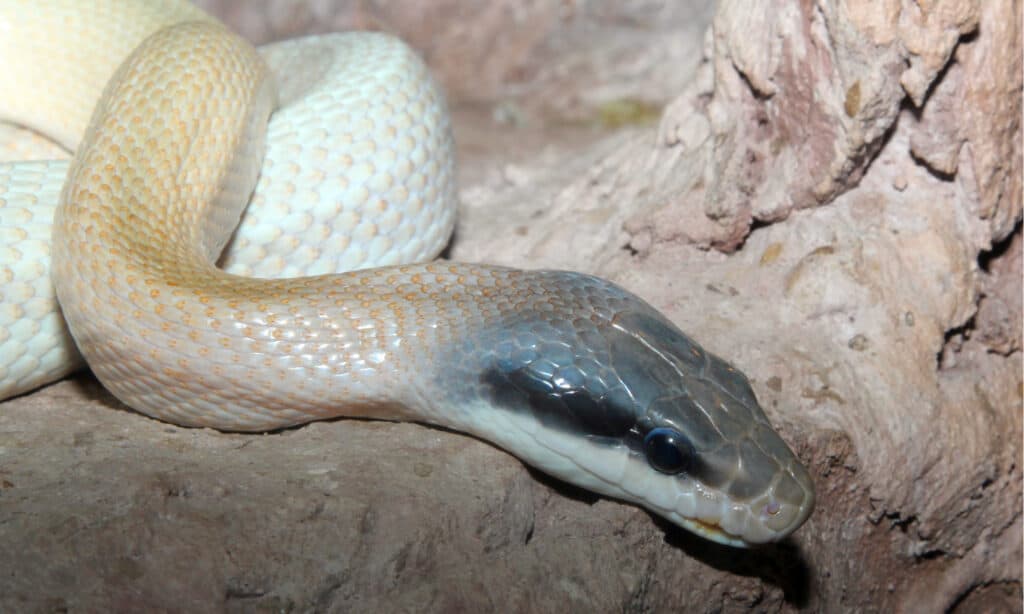Introduction
Tiger serpents are amongst the most poisonous serpents in Australia, recognized for their hostile nature and powerful poison. Experiencing a tiger snake can be a startling experience, specifically if you're unaware of exactly how to respond in case of a bite. This extensive overview is designed to furnish you with vital expertise on what to do in situation of a tiger serpent bite, ensuring your safety and providing you the confidence to act decisively.
What to Do in Instance of a Tiger Serpent Bite?
A tiger snake bite is a medical emergency situation that needs prompt activity. If bitten, follow these actions:
Stay Calm: Panic can enhance your heart rate, creating the poison to spread more quickly via your bloodstream. Call for Help: Dial emergency situation solutions promptly or have someone take you to the closest hospital. Immobilize the Affected Limb: Keep the bitten arm or leg as still as feasible; immobilization decreases venom circulation. Remove Tight Clothing or Jewelry: As swelling might occur, it's vital to remove anything that can restrict blood flow. Do Not Apply Ice or Tourniquets: These techniques can cause more injury than great by damaging cells and restricting blood flow. Monitor Symptoms: Keep track of any type of symptoms like difficulty breathing or loss of consciousness.Understanding the Tiger Snake
Habitat of the Tiger Snake
Tiger serpents are commonly found in coastal and inland areas across southern Australia, consisting of Tasmania. They choose environments such as marshes, swamps, and grasslands where they can find sufficient food resources like frogs and tiny mammals.
Are Tiger Snakes Venomous?
Yes! Tiger serpents possess highly toxic venom that can result in serious ailment or death otherwise treated quickly. Their poison has neurotoxins that affect the nervous system, resulting in paralysis and various other crucial symptoms.
First Help for Snake Bites: Essential Knowledge
Recognizing a Serpent Bite
A serpent bite can often be challenging to detect quickly. Search for:
- Two slit wounds Swelling around the bite area Pain or tenderness Discoloration
Symptoms After a Tiger Serpent Bite
After being attacked by a tiger snake, victims may experience:
- Nausea Vomiting Abdominal pain Weakness Difficulty breathing
First Aid Actions for Snake Bites
1. Immobilization Techniques
It's essential to keep the damaged arm or leg paralyzed making use of splints or bandages.
2. Compression Bandaging
Using an elastic bandage can assist reduce poison spread but should not be as well limited-- examining flow is crucial.
Snake Bite First Aid Kit Essentials
To handle emergency situations successfully, having a well-stocked emergency treatment kit is critical. Here are products every serpent bite first aid set need to consist of:

|Product|Description|| ---------------------------|------------------------------------|| Compression bandages|For immobilization|| Triangular plasters|To develop slings|| Check out here Scissors|For cutting garments|| Antiseptic wipes|To cleanse the injury|| Emergency situation contact numbers|For quick gain access to throughout an emergency situation|

Understanding Different Kinds of Serpents in Australia
Eastern Tiger Serpent vs Tasmanian Tiger Snake
While both kinds come from the same family, recognizing their Yellow faced whip snake bite distinctions can be vital:
- Eastern tiger serpents are generally much more hostile than their Tasmanian counterparts. Coloration differs from olive-green to brown hues.
Other Venomous Serpents in Australia
Australia hosts a selection of hazardous serpents:
- King Brownish Snake Eastern Brown Snake Common Fatality Adder
Knowing these species will certainly improve awareness when passing through Australian landscapes.
Safety and Prevention Tips
How to avoid Snake Bites?
Wear safety clothes when hiking. Stay on established trails. Avoid tall turf and dense underbrush where serpents might reside. Be cautious while taking care of logs or rocks.What Needs to You Do If You Come across a Snake?
If you see a snake:

- Remain calmness and back away slowly. Do not try to deal with or prompt it.
FAQs About Tiger Snakes
1) What must I do first if attacked by a tiger snake?
Immediately ask for emergency situation help and immobilize the damaged arm or leg without using ice or tourniquets.
2) The length of time does it consider symptoms to show up after being bitten?
Symptoms could materialize within mins however can range individuals; it's vital not to postpone therapy regardless of sign onset.
3) Can I apply ice on a snake bite?
No, applying ice may create further cells damage; instead, concentrate on keeping the arm or leg still and obtaining clinical attention.
4) Are infant tiger snakes less dangerous than adults?
While infant tiger snakes have much less poison overall, they are still capable of providing serious bites and must be treated with caution.
5) How efficient is antivenom versus tiger snake bites?
Antivenom is extremely efficient when provided without delay after envenomation; prompt medical focus dramatically enhances survival rates.
6) Is it secure to suck out poison from a serpent bite?
No! Sucking out the venom is inefficient and can worsen injury; it's crucial just to seek expert medical treatment.
Conclusion
In instance you ever before discover on your own confronted with what appears like an unfavorable occurrence entailing a tiger serpent bite, remember this overview on "What to Do in Situation of a Tiger Snake Bite: Comprehensive Emergency Treatment Guide." Knowledge genuinely is power when it boils down to avoid fatalities from such encounters! Constantly focus on looking for prompt clinical aid while implementing standard first aid measures-- your fast activities could potentially conserve lives!
Stay knowledgeable about your environments while taking pleasure in nature's beauty so that you stay risk-free in settings where these marvelous animals stroll Conservation of Australian snakes freely!